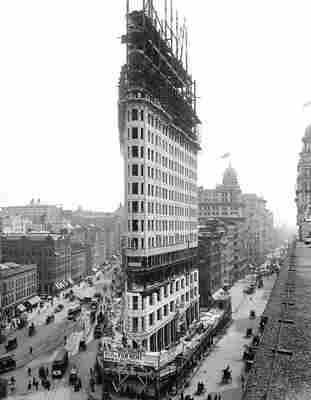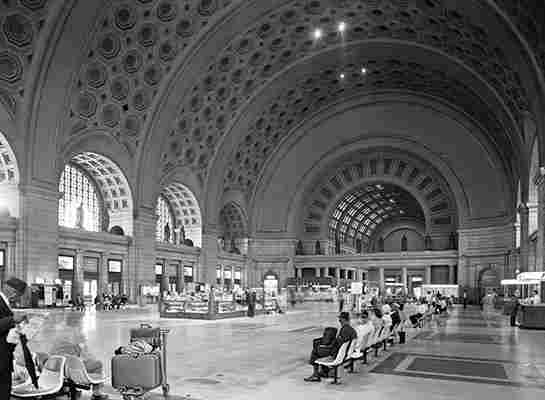AD remembers the architect behind iconic American buildings
If you have visited New York City, Chicago, or Washington, D.C., you’ve likely encountered the work of Daniel Burnham, the American architect who was born on this day in 1846. Heralded as one of the founding fathers of modern urban design, Burnham left an indelible mark on 20th-century American architecture.
Burnham was born in Henderson, New York, but raised in Chicago—the city that would be most influenced by his work and studies. He began his career as an apprentice to William Le Baron Jenney, who contributed to the invention of the modern skyscraper. His architectural training continued under Peter Wight of Carter, Drake, and Wight, where Burnham met future business partner John Wellborn Root. After striking out on their own, Burnham and Root created some of the most recognizable skyscrapers of their era, including, in Chicago, the Rookery, the Montauk Block, and the Masonic Temple Building, which was the city's tallest building for a time. The firm helped to redefine Chicago’s urban landscape after the devastating fire of 1871.

Outside of their native city, the duo was responsible for such landmarks as the Equitable Building in Atlanta and Cleveland’s Society for Savings Building. Following Root’s death in 1891, Burnham led their practice under the name D. H. Burnham & Company. His projects spanned the U.S. and even crossed the Atlantic, from New York’s Flatiron Building to London’s Selfridge & Co. department store.

The architect’s design for the 1893 Chicago World’s Fair is possibly his most notable. Burnham devised a veritable miniature city of neoclassical and Beaux Arts buildings, separated by a complex system of paths, roadways, canals, and lagoons interspersed with landscapes designed by Frederick Law Olmstead.
His profound dedication to his craft and to the growth of American commerce earned him much prestige, including being named by then-president Taft as the first chairman of the Committee on the Fine Arts in 1910. Perhaps the best indication of his influence, though, was the impact he had on successive generations of American architects. Frank Lloyd Wright once called him "an enthusiastic promoter of great construction enterprises. . . . His powerful personality was supreme."